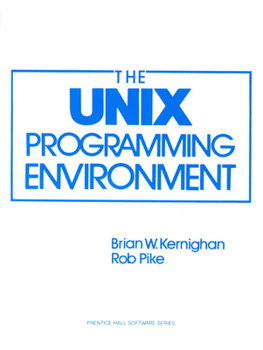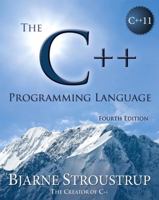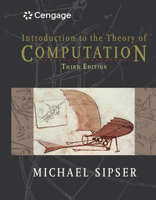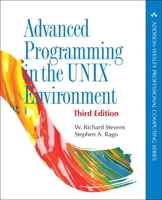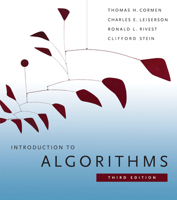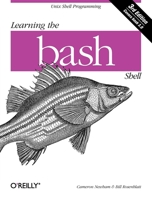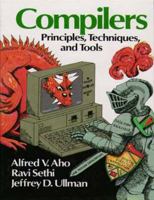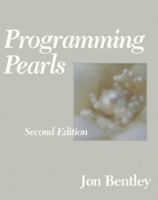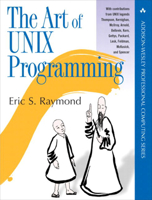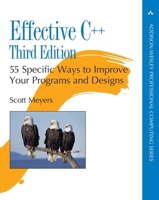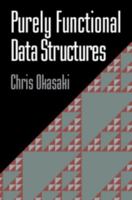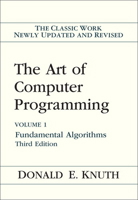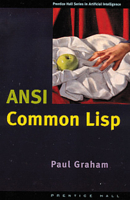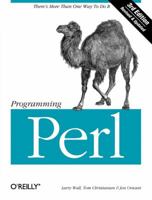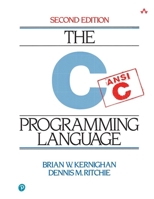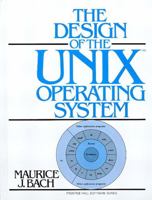The UNIX Programming Environment
Select Format
Select Condition 
You Might Also Enjoy
Book Overview
Customer Reviews
Rated 5 starsHow to think programmatically
How is it that a book from 1984 based on a legacy Unix system, describing some tools that no one would now use, can still not only be in print but actually recommended?In introducing you to the Unix system, from simple shell commands, to shell scripts, to awk and sed programming, and to Unix applications programming, not to mention the best introduction to lex and yacc, the authors develop real applications and teach you how...
2Report
Rated 5 starsThe UNIX Book
Albeit this book was published in 1984 and when I started learning UNIX some ten years later, many of minor details were already a bit out-of-date, I believe that it will still be a marvel for those who work on modern UNIX/Linux systems, since the details are ever changing, the commands may differ from system to system, but the philosophy behind the UNIX technology stays the same, and this is what this book is all about. Written...
1Report
Rated 5 starswonderful book, but dated
This is the book that turned me on to UNIX. Actually at the time I read this book, I was burned out on computer programming in general and was thinking about moving into physics. Then I read this book. It illustrated very clearly the power and elegance of UNIX. As a result I regained my interest in computers, which in retrospect, turned out to be a very good thing.Unfortunately this book is System V-centric and doesn't...
1Report
Rated 5 starsOldies but goldies
Merely half an inch thick, and employing the same cover design - or lack of it - as the C Programming Language, this is probably the least pretentious looking book on my bookshelf. However, the look is misleading - there are very few books, regardless of length, that aim to teach you as much as this one, and even fewer than succeed in it.Unix programming environment might sound a rather ambitious title nowadays, when a...
1Report











